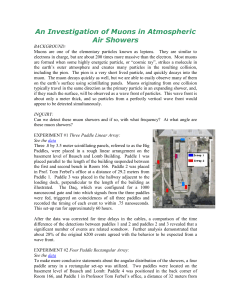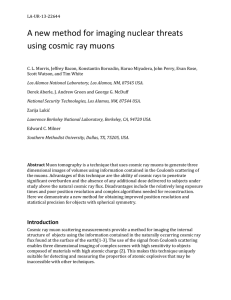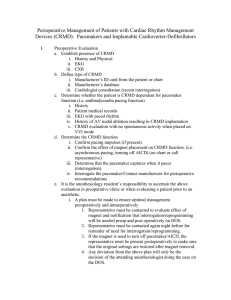Alisa Bredensteiner #2
advertisement
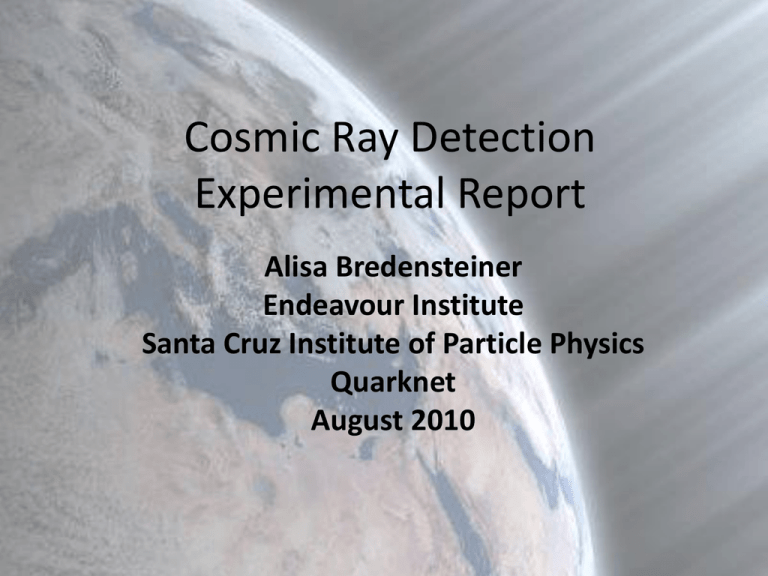
Cosmic Ray Detection Experimental Report Alisa Bredensteiner Endeavour Institute Santa Cruz Institute of Particle Physics Quarknet August 2010 Objective 1: To establish the relative accuracy of the newly assembled CRMD (DAQ #6416) through analysis of a 5.4 x 1013 nanosecond performance study. Location of Muon Detection 36:59.909452 N, 122:03.625697 W Methodology Actual run time: 1.77 x 1012 nanoseconds (approx. 30 minutes) Data Settings: • 4 stacked scintillator paddles with a fixed separation distance of about 3 cm • a2-fold coincidence level at a 40 ns pre-trig rate with a gate width of 100 ns Voltage Settings: Manually adjusted to allow for a 40 Hz singles rate Objective 2: To evaluate the cosmic ray flux (фCR) as a function of time over a period of 15 hours. Flux Events/area/ time Average value: 8651 events/m2/min Area of paddles: .075 m2 Calculated Average Flux: фCR = 10.8 muons/s Bin width = 60 seconds Error Analysis Absolute uncertainty One standard deviation from the mean √N = √8651 = 93 relative uncertainty = 1.08% Maximum deviations 8053 deviates by 598 (6.9%) 9253 deviates by 602 (7.0%) Discussion and Conclusions The deviations of muon detection per minute are greater than an expected random sampling of data. This deviation seems to confirm that there is not a uniform bombardment of cosmic rays. Further calibration of the voltage settings would be beneficial
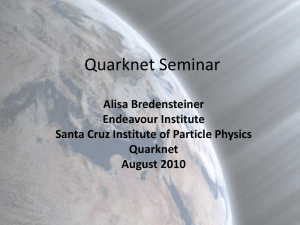

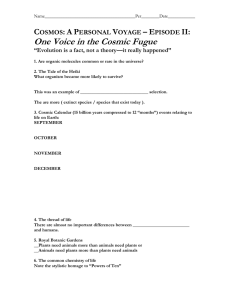


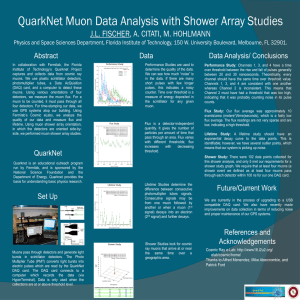

![Jeffrey C. Hall [], G. Wesley Lockwood, Brian A. Skiff,... Brigh, Lowell Observatory, Flagstaff, Arizona](http://s2.studylib.net/store/data/013086444_1-78035be76105f3f49ae17530f0f084d5-300x300.png)
